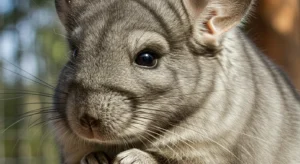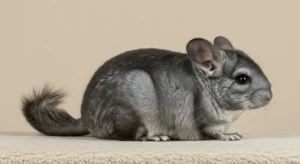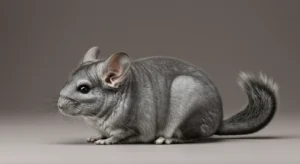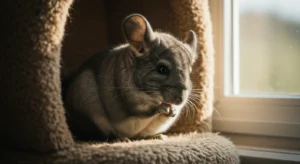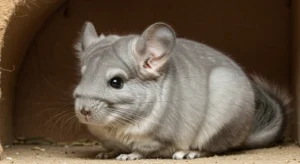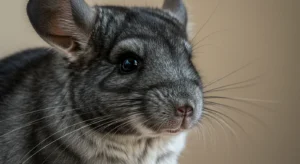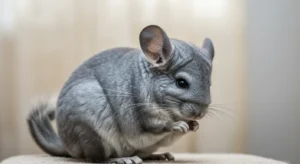 Chinchilla Facts
Chinchilla Facts Surprising Facts About Chinchillas
Chinchillas are captivating creatures known for their velvety fur and energetic antics. While many appreciate their cuteness, these unique rodents possess a range of fascinating characteristics and adaptations stemming from their specialized natural history. Delving deeper reveals some truly surprising facts about these Andean natives.
1. Their Incredibly Dense Fur
This is often the most cited fact, but its scale is still astounding. Chinchillas have the highest fur density of almost any land mammal. While humans typically have one hair per follicle, chinchillas can have 50 to 70+ fine hairs growing from a single follicle. This creates an incredibly soft, dense coat.
- Why so dense? It evolved as insulation against the frigid temperatures of their high-altitude mountain home.
- Consequence: This density means their fur traps moisture easily, making water baths dangerous and dust baths essential. It also made them highly prized (and tragically hunted) for the fur trade. Appreciating chinchilla coat characteristics and care is vital.
2. Andean Mountain Origins
Pet chinchillas descend from wild chinchillas native to the Andes Mountains in South America (specifically Chile, Peru, Bolivia, Argentina). They inhabit rocky, arid, high-altitude regions, typically between 9,000 and 15,000 feet.
- Adaptations: Their dense fur, low water requirements, agility on rocky terrain, and diet of sparse vegetation are all adaptations to this harsh environment.
- Conservation Status: Sadly, wild chinchillas (both species: short-tailed and long-tailed) are critically endangered due to historical hunting for fur and habitat loss. Pet chinchillas are descended from long-tailed chinchillas bred in captivity.
3. Nocturnal/Crepuscular Activity
Often labeled nocturnal (active at night), chinchillas are more accurately described as crepuscular. This means their peak activity periods are during twilight hours – dawn and dusk. While they are active throughout the night, these transition times often see the most energy.
- Reasoning: This behavior likely evolved to avoid predators active during full daylight or the darkest parts of the night.
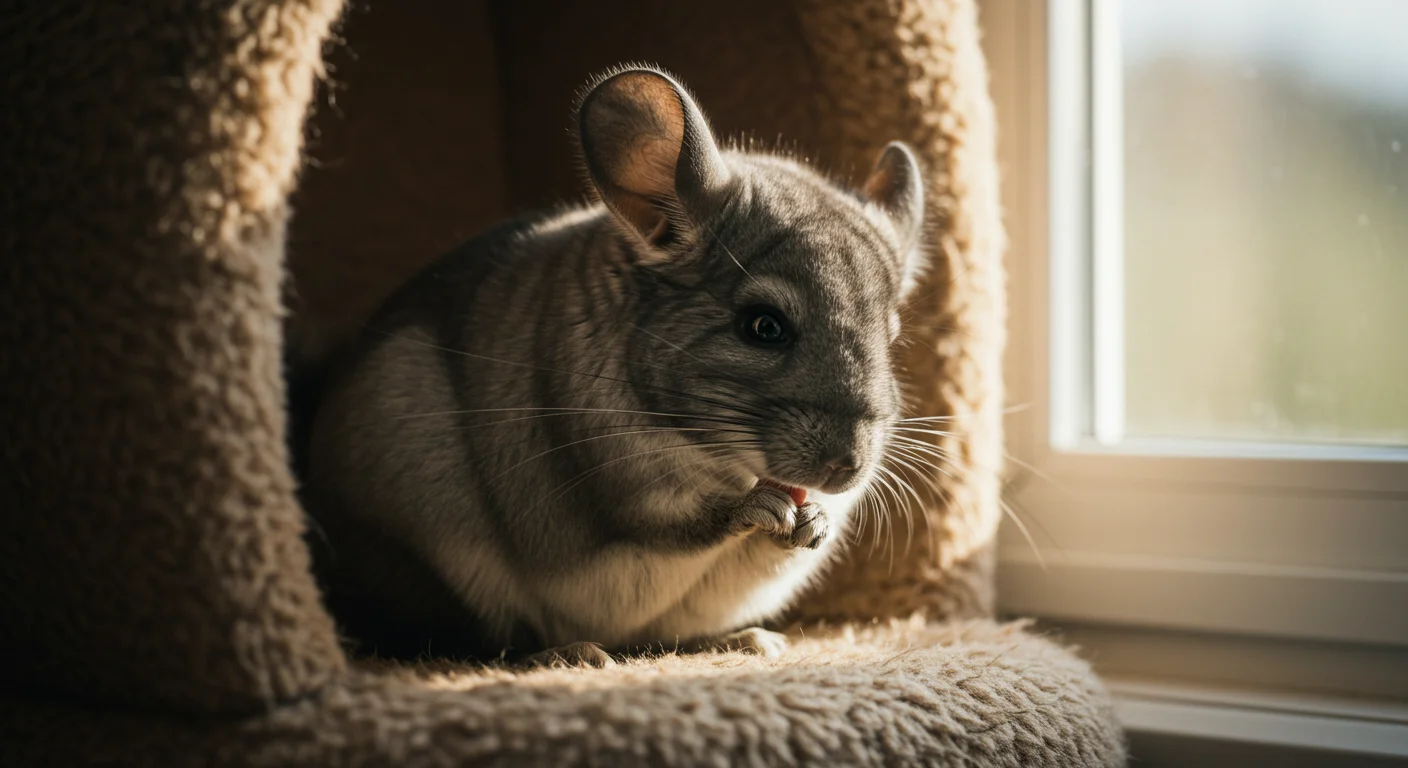
4. The Necessity of Dust Baths
Unlike most mammals, chinchillas don’t bathe in water. They maintain their luxurious coats by rolling vigorously in fine volcanic ash or dust. This isn’t just for fun; it’s essential hygiene.
- Mechanism: The dust absorbs excess oils and moisture from their dense fur, preventing matting and skin problems.
- Instinct: This behavior is entirely instinctual; even chinchillas raised in captivity know how to dust bathe effectively when provided with the right dust. The unique grooming needs of chinchillas set them apart.
5. Continuously Growing Teeth
Like rabbits and guinea pigs, chinchilla teeth (both incisors and molars) grow throughout their entire lives. This is an adaptation to grinding down tough, fibrous vegetation in the wild.
- Requirement: This necessitates a diet extremely high in abrasive hay and access to safe chew toys to ensure proper wear and prevent serious dental problems like malocclusion.
6. Fur Slip Defense Mechanism
When frightened or handled roughly, chinchillas can release patches of fur – a phenomenon called “fur slip.”
- Purpose: This is a predator avoidance mechanism. In the wild, if a predator grabbed them, the released fur might allow the chinchilla to escape.
- In Pets: While painless, it leaves a bald patch (the fur eventually regrows) and indicates the chinchilla felt threatened. It highlights the need for gentle handling.
7. Complex Social Structure
In the wild, chinchillas live in colonies (herds) that can range from a dozen to over a hundred individuals. They have social hierarchies and communicate through various vocalizations and body language.
- Pet Implications: This social nature means many pet chinchillas do well in pairs or small groups (if introduced properly), though some prefer to live alone.
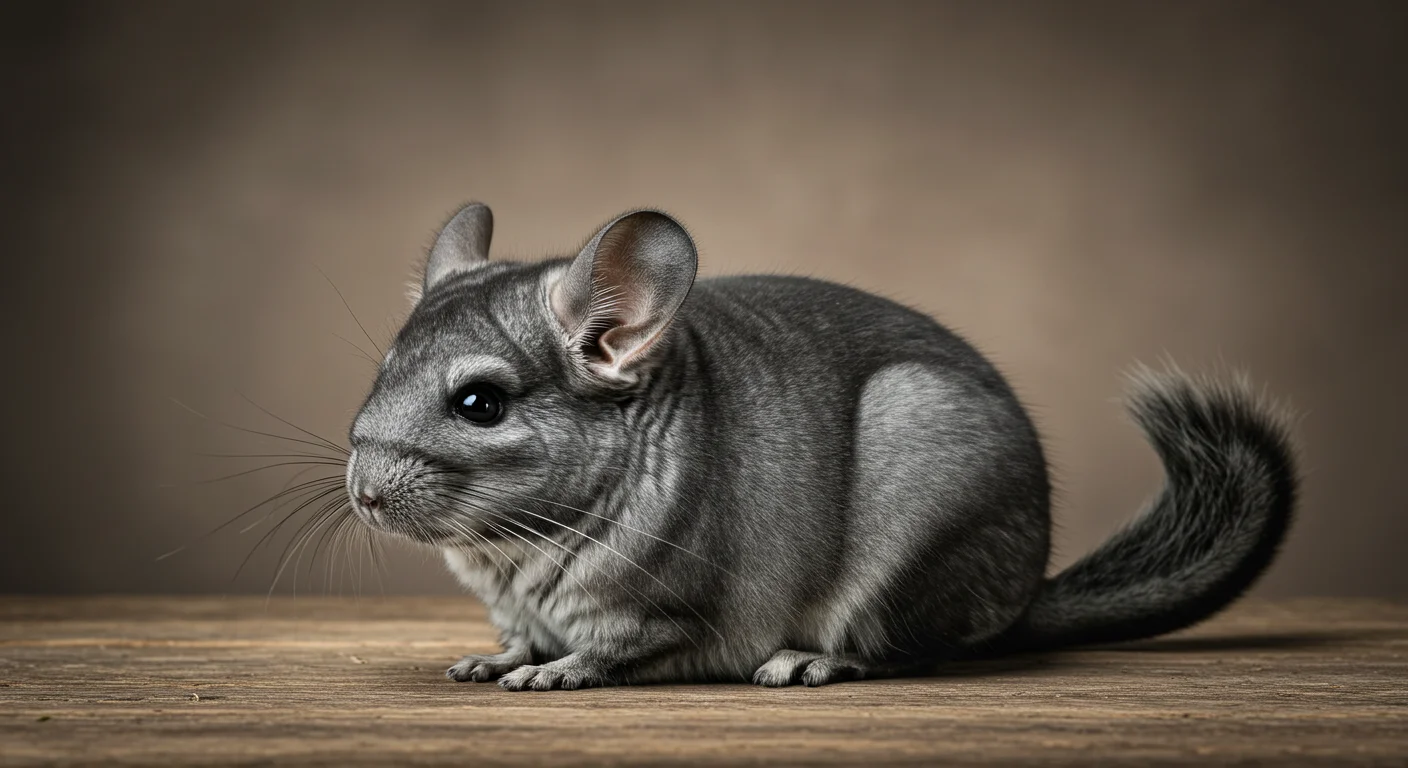
8. Surprisingly Long Lifespan
Compared to other rodents like hamsters (2-3 years) or gerbils (3-4 years), chinchillas are remarkably long-lived. With proper care, pet chinchillas routinely live 10-15 years, and lifespans exceeding 20 years are not unheard of.
- Commitment: This longevity makes owning a chinchilla a significant long-term commitment.
These surprising facts highlight just how specialized and unique chinchillas are. Understanding these traits is key to appreciating them and providing the specific care they need to thrive as pets.
